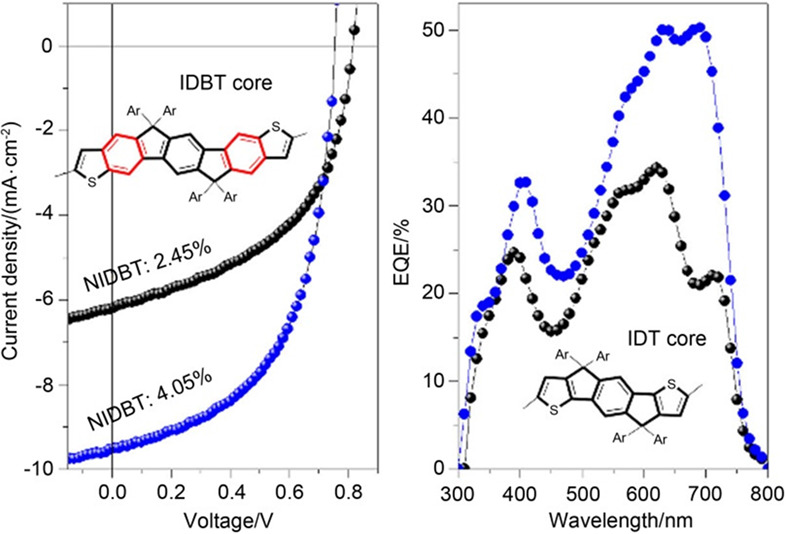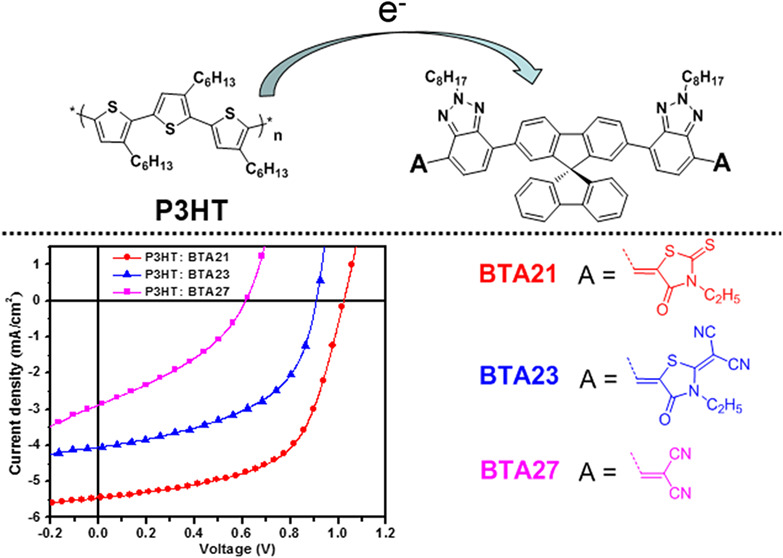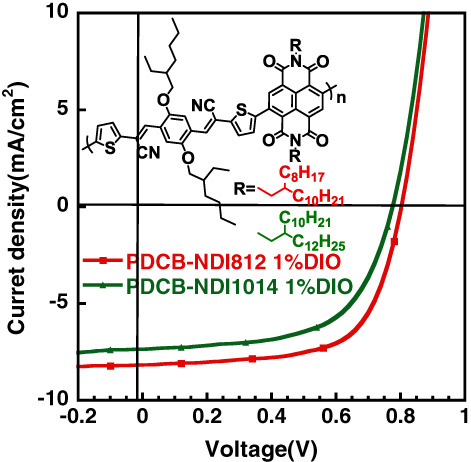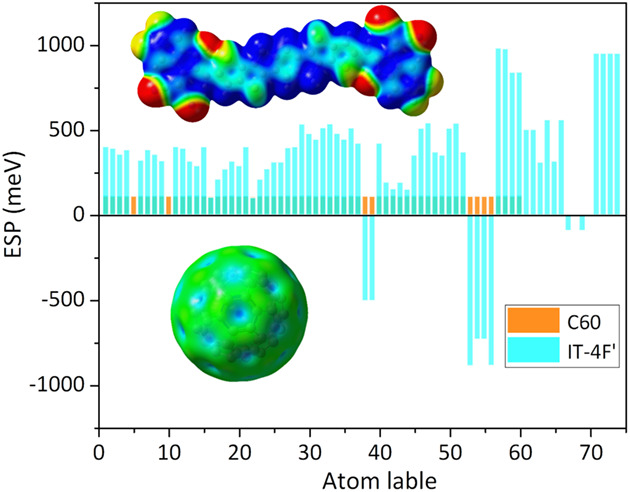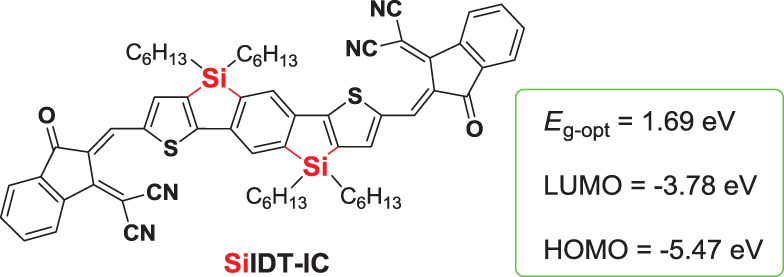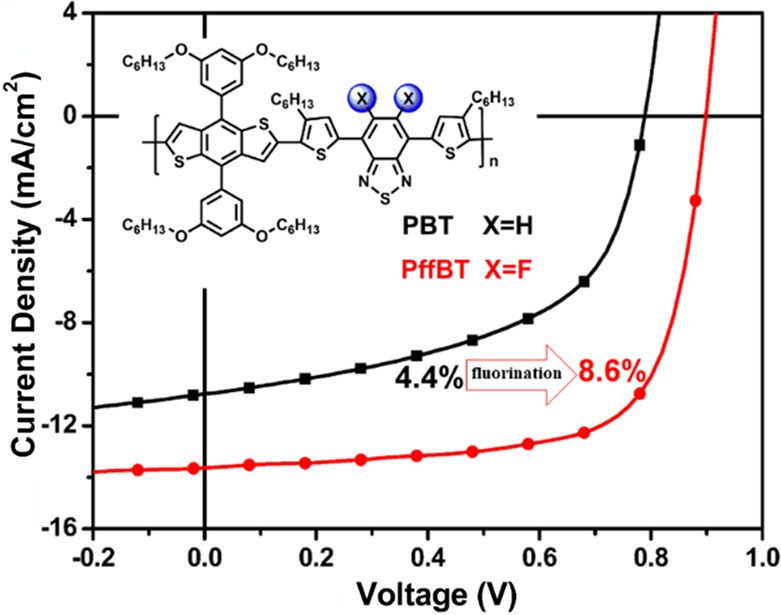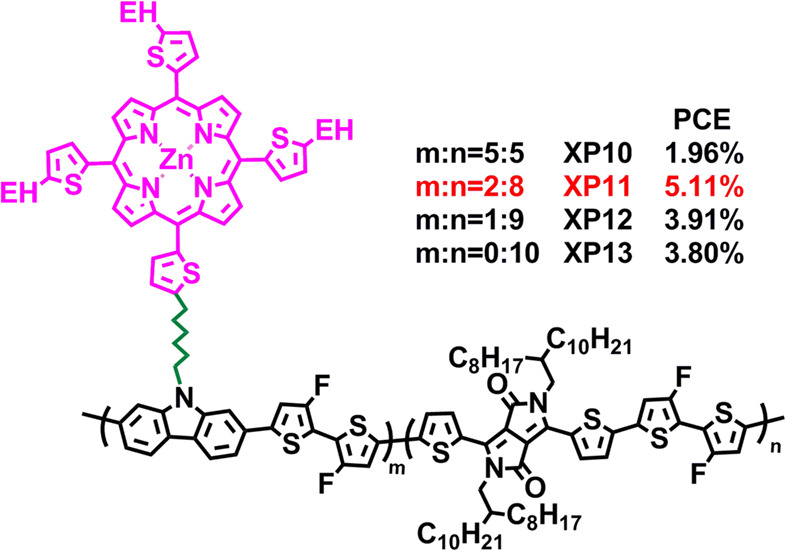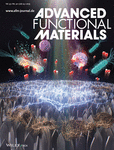Journal list menu
Export Citations
Download PDFs
Table of Contents
A Three-dimensional Non-fullerene Small Molecule Acceptor for Solution-processed Organic Solar Cells
- First Published: 17 August 2017
A Novel BODIPY-Based Low-Band-Gap Small-Molecule Acceptor for Efficient Non-fullerene Polymer Solar Cells
- First Published: 20 September 2017

A novel small-molecule BODIPY-acceptor was synthesized by extending the BODIPY- diketopyrrolopyrrole excited electron delocalization through the BODIPY meso-carbon, the ideal position for BODIPY's excited electron delocalization. This BODIPY acceptor shows unprecedented broad and intense absorption (see the figure), having a dual role as the wide and narrow band gap organic acceptor.
Solution-Processed Titanium Chelate Used as Both Electrode Modification Layer and Intermediate Layer for Efficient Inverted Tandem Polymer Solar Cells
- First Published: 07 December 2017

Solution processed titanium (diisopropoxide) bis(2,4-pentanedionate) (TIPD) is utilized as both electrode modification layer and intermediate layer for inverted homo tandem polymer solar cells with a best Voc of 1.54 V which is almost two times that of the single BHJ-PSC (0.78 V), and an enhanced PCE up to 8.11% has been achieved.
A High Dielectric N-Type Small Molecular Acceptor Containing Oligoethyleneglycol Side-Chains for Organic Solar Cells
- First Published: 12 December 2017

A new nonfullerene acceptor, ITIC-OEG was synthesized by replacing the normal alkyl substituents with OEG side-chains and the dielectric constant was greatly enhanced. The incompatibility between PPDT2FBT and ITIC-OEG (due to high hydrophilic nature of OEG chains) resulted in poor blend morphology, showing inefficient charge separation and significant charge recombination with small JSC and PCE.
Enhanced Charge Transfer, Transport and Photovoltaic Efficiency in All-Polymer Organic Solar Cells by Polymer Backbone Fluorination
- First Published: 08 February 2018
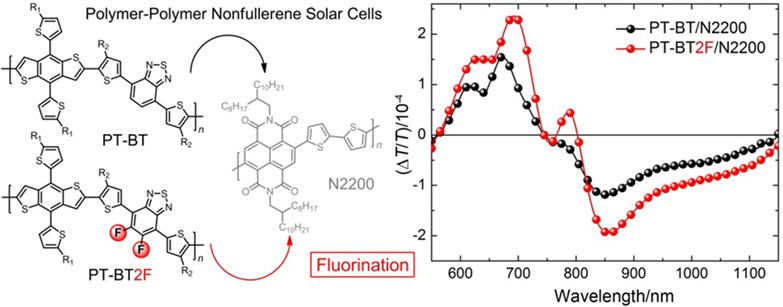
All-polymer blend employing fluorinated polymer PT-BT2F exhibits more efficient charge transfer between donor and acceptor compared to that employing non-fluorinated PT-BT/N2200 blend. As a result, all-PSCs unitizing PT-BT2F as donor and N2200 as acceptor output higher PCE than PT-BT/N2200 based device.
Effect of Benzene Rings’ Incorporation on Photovoltaic Performance of Indacenodithiophene-cored Molecular Acceptors
- First Published: 26 January 2018
Wide Band Gap Non-Fullerene Small Molecular Acceptors Containing Spirobifluorene and Benzotriazole with Three Different End-Capped Groups for P3HT-Based Organic Solar Cells
- First Published: 28 February 2018
n-Type Conjugated Polymer Based on Dicyanodistyrylbenzene and Naphthalene Diimide Units for All-Polymer Solar Cells
- First Published: 07 February 2018
Polymer Electron Acceptors Based on Fluorinated Isoindigo Unit for Polymer Solar Cells
- First Published: 12 February 2018

A new kind of polymer electron acceptors based on fluorinated isoindigo (F-IID) as the electron- deficient building block has been developed. The resulting polymers based on F-IID show low-lying LUMO/HOMO energy levels, high electron mobilities and broad absorption spectra, enabling applications as electron acceptors in polymer solar cells.
DR3TBDTT Based Ternary Blends Containing Conjugated Polymers: Crystallization Determines Morphology and Performance
- First Published: 11 March 2018

How the conjugated polymers affect the crystallization of DR3TBDTT, in addition to the corresponding morphology and performance, is not well understood. We introduced PTB7-Th, PCDTBT and P3HT to investigate the influence of crystallization. We found that despite of energy level alignment, the crystallization of DR3TBDTT influenced by polymers determines the corresponding morphology of active layers and photovoltaic performance.
Critical Role of Molecular Electrostatic Potential on Charge Generation in Organic Solar Cells
- First Published: 31 March 2018
Silaindacenodithiophene-Based Fused-Ring Non-Fullerene Electron Acceptor for Efficient Polymer Solar Cells
- First Published: 31 March 2018
Effect of Fluorination on the Photovoltaic Properties of Medium Bandgap Polymers for Polymer Solar Cells
- First Published: 31 March 2018





